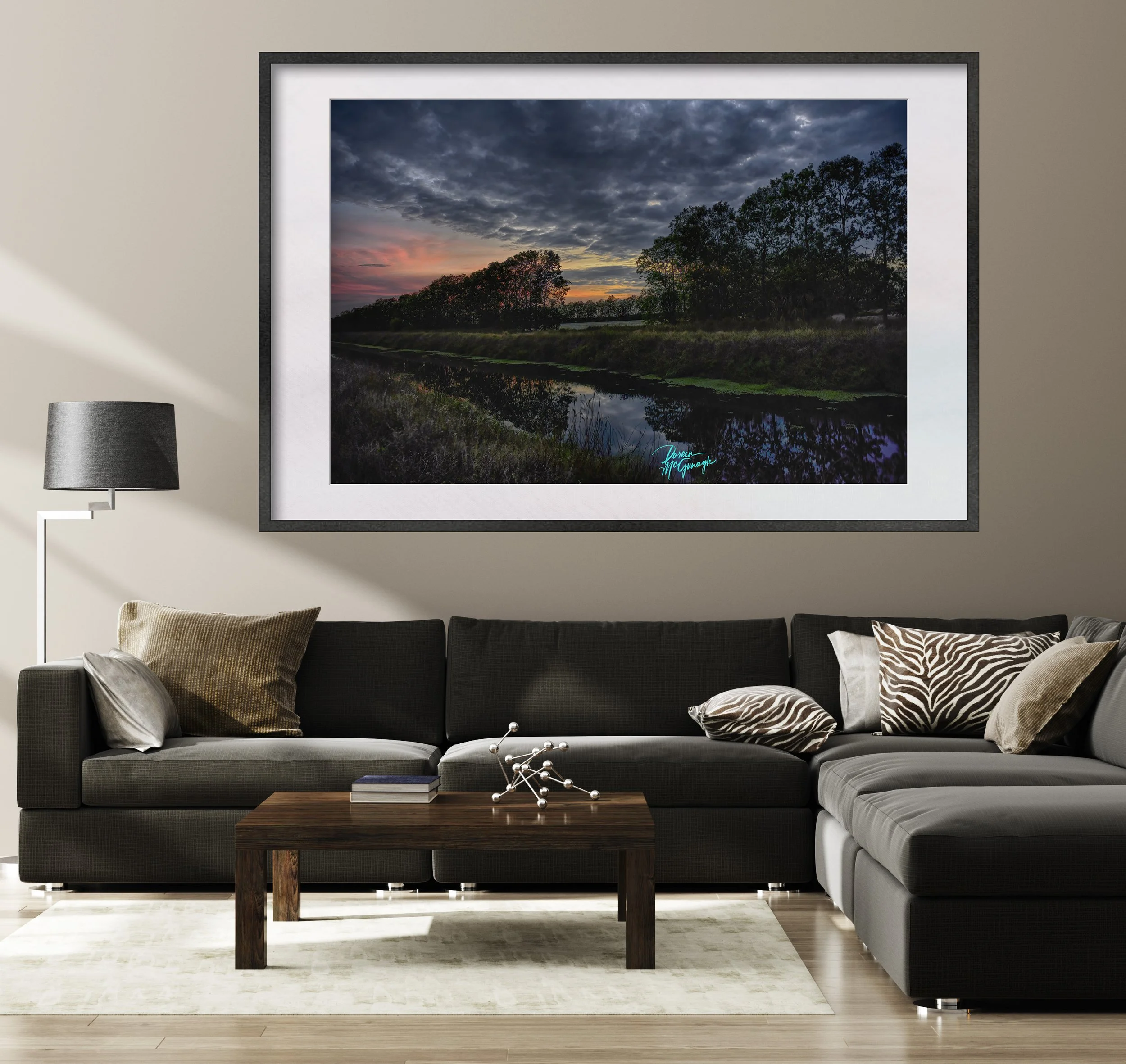Unveiling The Art of Composition: Capturing Nature's Essence Through Photography
Nature photography is a beautiful art form that has captivated people for centuries. With the advancement of technology, anyone can capture the beauty of the great outdoors with a camera. However, great nature photography is not just about capturing a pretty picture. It's about capturing the essence of nature and bringing it to life in a single photograph. In this blog post, we will explore the art of composition and how it helps us capture the essence of nature in our photography.
Composition is the arrangement of visual elements within a photograph. It is the process of arranging objects, lines, colors, and shapes in a way that is visually appealing and helps to convey a message or feeling to the viewer. In nature photography, composition is crucial in capturing the essence of the great outdoors. It helps to tell a story and evoke emotions in the viewer.
The first step in composing a nature photograph is to choose a focal point. This is the main subject of the photograph that will draw the viewer's attention. It could be a stunning landscape, a beautiful flower, or an animal in its natural habitat. The focal point should be the center of attention in the photograph and should be placed off-center to create a more dynamic composition.
Once you have chosen your focal point, it's time to think about the background. The background should complement the focal point and not distract from it. A busy or cluttered background can take away from the beauty of the focal point. To achieve a pleasing background, you can use depth of field to blur the background or find a clean and simple backdrop.
The next step is to consider the foreground. The foreground adds depth and dimension to a photograph. It can also create a sense of scale and help to convey the vastness of the landscape. To create a strong foreground, look for elements such as rocks, flowers, or foliage that can add interest and depth to the photograph.
Another important aspect of composition is the use of lines. Lines can create movement and lead the viewer's eye through the photograph. In nature photography, lines can be found in the landscape, such as the curves of a river or the diagonal lines of a mountain range. Using lines in your composition can add a sense of flow and movement to the photograph.
Colors are another important element of composition. Colors can evoke emotions and create a mood in the photograph. In nature photography, colors can be used to capture the essence of the great outdoors. For example, warm colors such as reds, yellows, and oranges can create a sense of warmth and coziness, while cool colors such as blues and greens can create a sense of calm and tranquility.
Shapes are also an important aspect of composition. Shapes can create patterns and add interest to a photograph. In nature photography, shapes can be found in the landscape, such as the jagged edges of a mountain range or the circular shape of a flower. Using shapes in your composition can add a sense of structure and balance to the photograph.
Finally, it's important to consider the rule of thirds when composing a nature photograph. The rule of thirds is a guideline that suggests dividing the photograph into thirds horizontally and vertically, and placing the focal point at one of the intersecting points. This creates a more dynamic composition and helps to create balance in the photograph.
In conclusion, composition is an essential part of nature photography. It helps to capture the essence of the great outdoors and bring it to life in a single photograph. By choosing a focal point, considering the background and foreground, using lines, colors, and shapes, and following the rule of thirds, you can create stunning nature photographs that evoke emotions and tell a story. So next time you head out into the great outdoors with your camera, take some time to think about composition and how you can capture the essence of nature in your photography.

